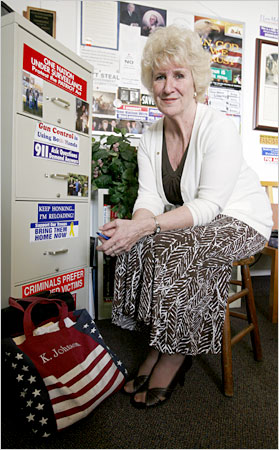From McCraw’s summary of a brief Schumpeter essay published in 1943 in Seymour Harris’ Postwar Economic Problems:
(p. 424) Schumpeter went on to argue that both in the United States and in capitalist countries abroad, a high rate of public spending during the postwar period would likely evolve into total government control of investment. . . . Some industries might be nationalized, and if the government “should try to run the nationalized industries according to the principles of business rationality, Guided Capitalism would shade off into State Capitalism, . . . ”
. . .
The overall result would likely be “an amphibial state for the calculable future.” The amphibial state might well generate frictions among business, labor, and government and would not benefit from the “motive power” of either capitalism or socialism.
Source:
McCraw, Thomas K. Prophet of Innovation: Joseph Schumpeter and Creative Destruction. Cambridge, Mass.: Belknap Press, 2007.
(Note: ellipses added.)



